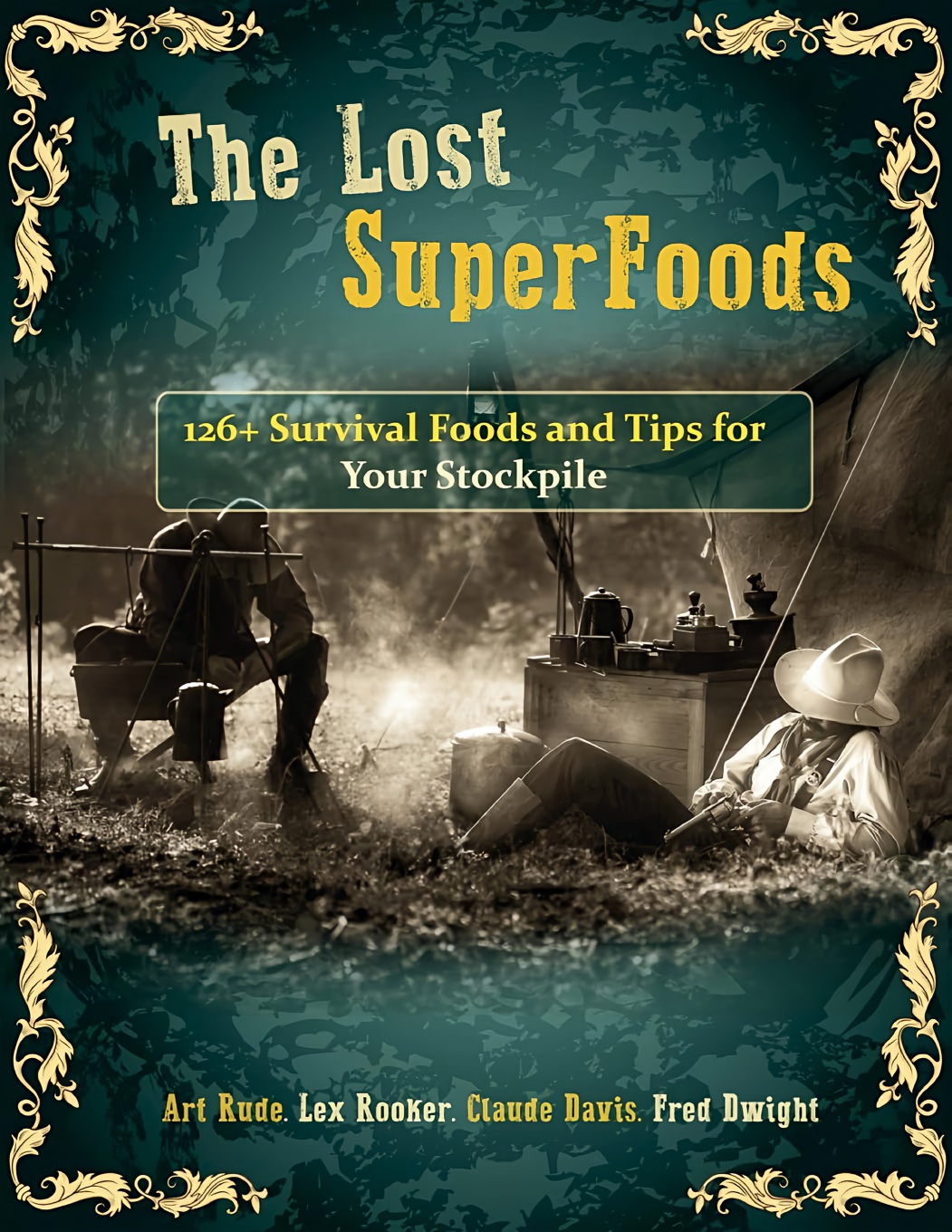The Lost Superfoods Book review
 Amit Kamaria
Amit Kamaria
The Lost Superfoods: A Dive into Forgotten Foods for Survival and Daily Life
In a world increasingly reliant on processed convenience, "The Lost Superfoods" emerges as a beacon of self-sufficiency and forgotten knowledge. Authored by survivalist Claude Davis (with some credit given to retired math teacher Art Rud), the book delves into the history and application of traditional food preservation techniques and a vast array of under-appreciated, nutrient-rich foods. Whether your goal is disaster preparedness or simply diversifying your diet, "The Lost Superfoods" offers a compelling exploration of a bygone era's culinary wisdom.
A Treasure Trove of Forgotten Foods
The book's core strength lies in its extensive catalog of "lost superfoods." Over 126 entries detail everything from common (but often overlooked) vegetables like dandelion greens and nettles to more exotic options like quinoa and chia seeds. Each entry provides a detailed breakdown of the food's nutritional profile, highlighting its vitamin and mineral content. This is particularly valuable for readers seeking to create a well-rounded, shelf-stable food storage plan.
Beyond simple identification, the book shines in its exploration of various preservation techniques. From time-tested methods like drying, fermenting, smoking, and salting to lesser-known approaches like pemmican creation (a high-protein, shelf-stable meat mixture), the book offers clear, step-by-step instructions with considerations for different climates and resource availability. This practical approach empowers readers to become active participants in their food security, a refreshing change from the passive reliance on grocery store shelves.
A Blend of Survival Savvy and Everyday Applicability
While the book's title and some marketing materials might lead you to believe it's solely for preppers and survivalists, "The Lost Superfoods" offers significant value for anyone interested in a more sustainable and informed approach to food. The preservation techniques can be readily applied to everyday food storage, reducing reliance on refrigeration and potentially lowering grocery bills. Additionally, the book delves into the historical and cultural significance of many of these foods, offering a fascinating glimpse into how different civilizations around the world have maximized their food resources.
The authors also acknowledge the potential challenges of incorporating these "lost superfoods" into modern diets. Some entries include recipe suggestions or highlight the food's versatility in various culinary applications. While these recipe inclusions are a welcome addition, some readers might crave a more extensive recipe section, particularly for those unfamiliar with some of the less common ingredients.
Critical Considerations: Balancing Information and Accessibility
Despite its strengths, "The Lost Superfoods" isn't without its shortcomings. One potential concern is the sheer volume of information presented. While the book is well-organized with a clear chapter structure, the sheer number of entries can feel overwhelming at times. A more tiered approach, categorizing foods by difficulty of preservation or incorporating them into a diet, could improve accessibility for novice readers.
Additionally, some of the preservation techniques, particularly those involving fermentation or long-term storage methods like pemmican creation, require a certain level of skill and potentially specialized equipment. While the book offers clear instructions, readers new to these methods might benefit from additional resources or hands-on workshops to ensure safe and successful food preservation.
A Final Verdict: A Valuable Resource for the Food-Curious
Overall, "The Lost Superfoods" is a valuable resource for anyone interested in expanding their culinary horizons, exploring food security measures, or simply appreciating the ingenuity of traditional food preservation techniques. The book's strength lies in its comprehensive exploration of a wide variety of forgotten foods and the practical application of age-old preservation methods. While some readers might find the sheer volume of information daunting, and the recipe section could be more extensive, the book offers a compelling call to action: to reconnect with the origins of our food and empower ourselves with the knowledge to create a more resilient and sustainable food system.
Here are some additional points to consider depending on your target audience:
For survivalists: The book could delve deeper into long-term storage considerations, like creating a balanced and complete food stockpile for emergencies.
For health-conscious readers: Highlight the book's potential for incorporating nutrient-rich, often overlooked foods into a healthy diet.
For homesteaders and gardeners: Explore the book's application to preserving homegrown produce and creating a more self-sufficient food system.
Get more information click here…………………..
Subscribe to my newsletter
Read articles from Amit Kamaria directly inside your inbox. Subscribe to the newsletter, and don't miss out.
Written by
